April 7, 2025
Garden Success with Less Water in Drought
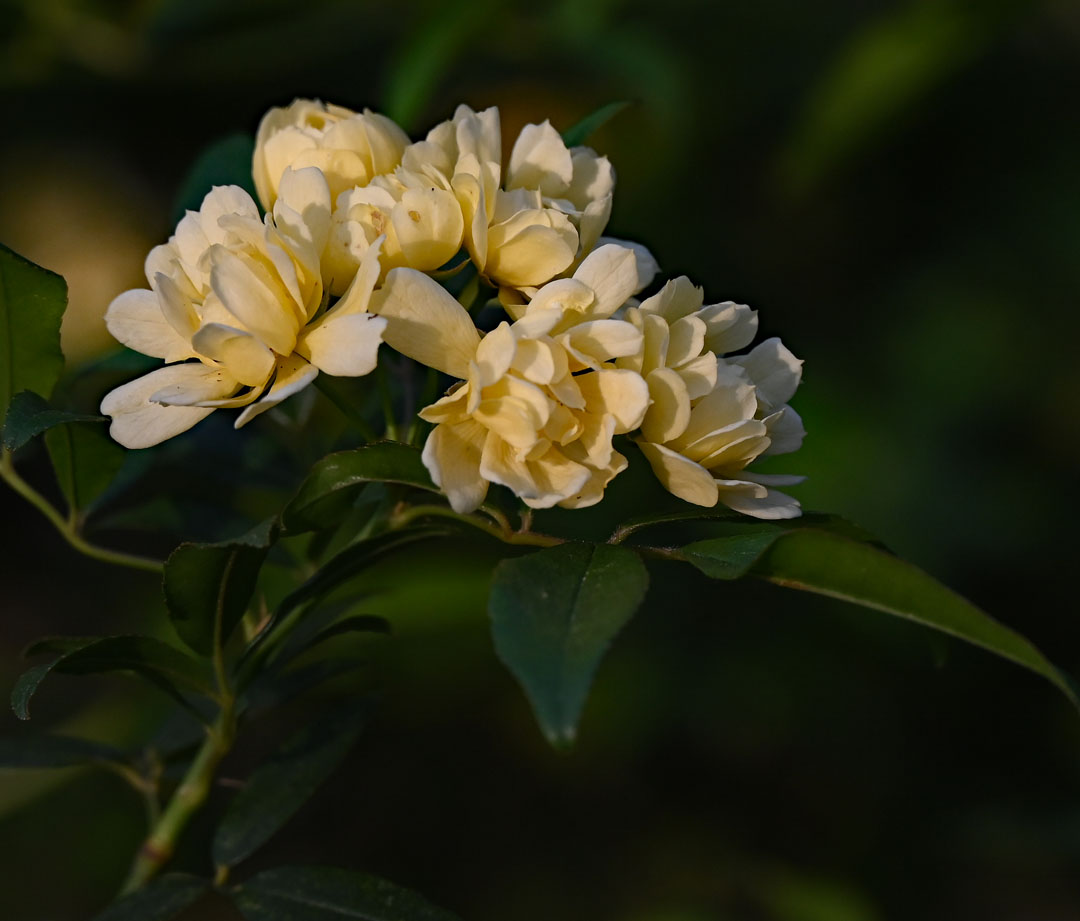
We might think that water restrictions are something new, but if we look to the past–back when people hauled water in buckets from a well or spring–it’s always been a valuable resource. And flowers still grew and the hardiest got passed down to us in our gardens today, like the yellow Lady Banks rose, an evergreen rambler brought from China in 1824 to Europe and then onto us.
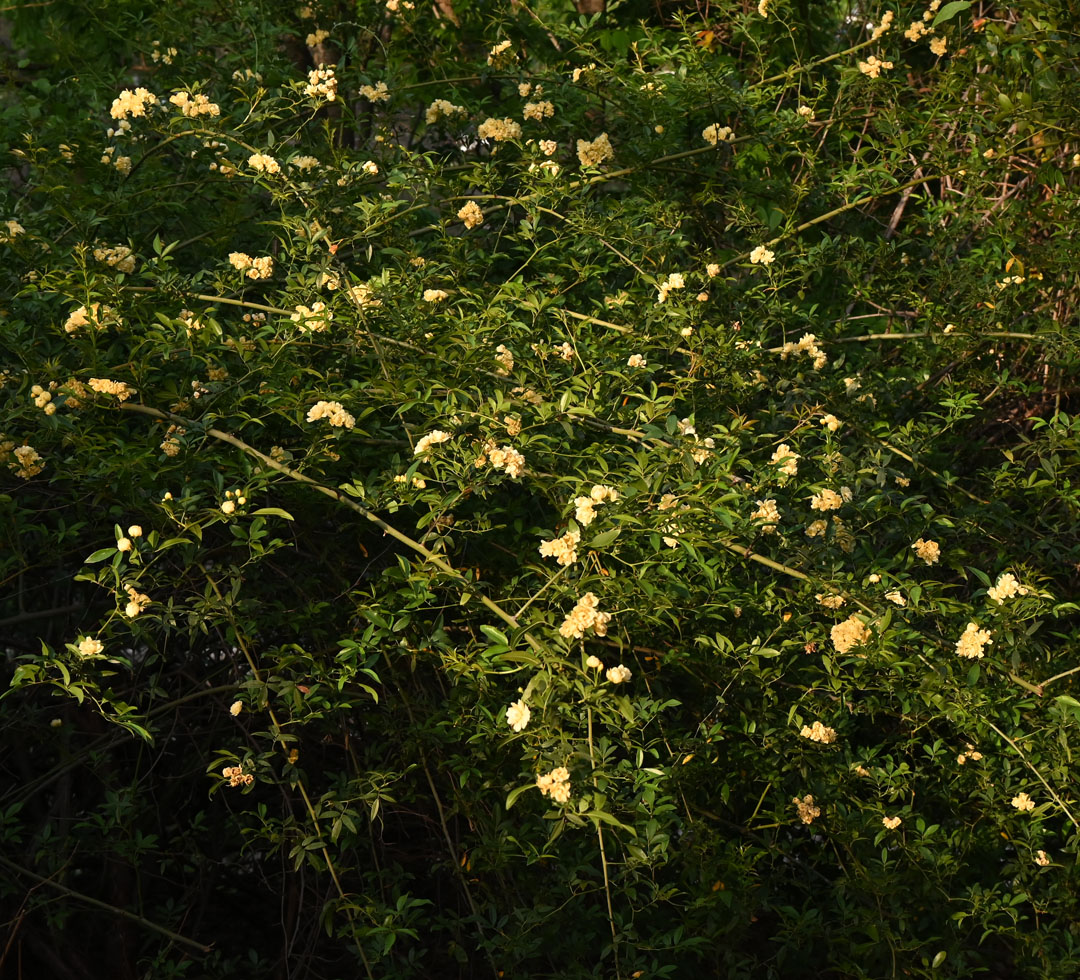
It’s only been in my garden a few decades since I planted it to screen a chain link fence. Because it’s beyond a comfortable reach with the water hose, its only irrigation is briefly in summer’s hottest weeks. Fallen leaves from nearby trees nourish the soil. It blooms on old, thornless wood, so I prune it after flowering to shape or control its size. Small birds shelter in its twining, cascading branches.
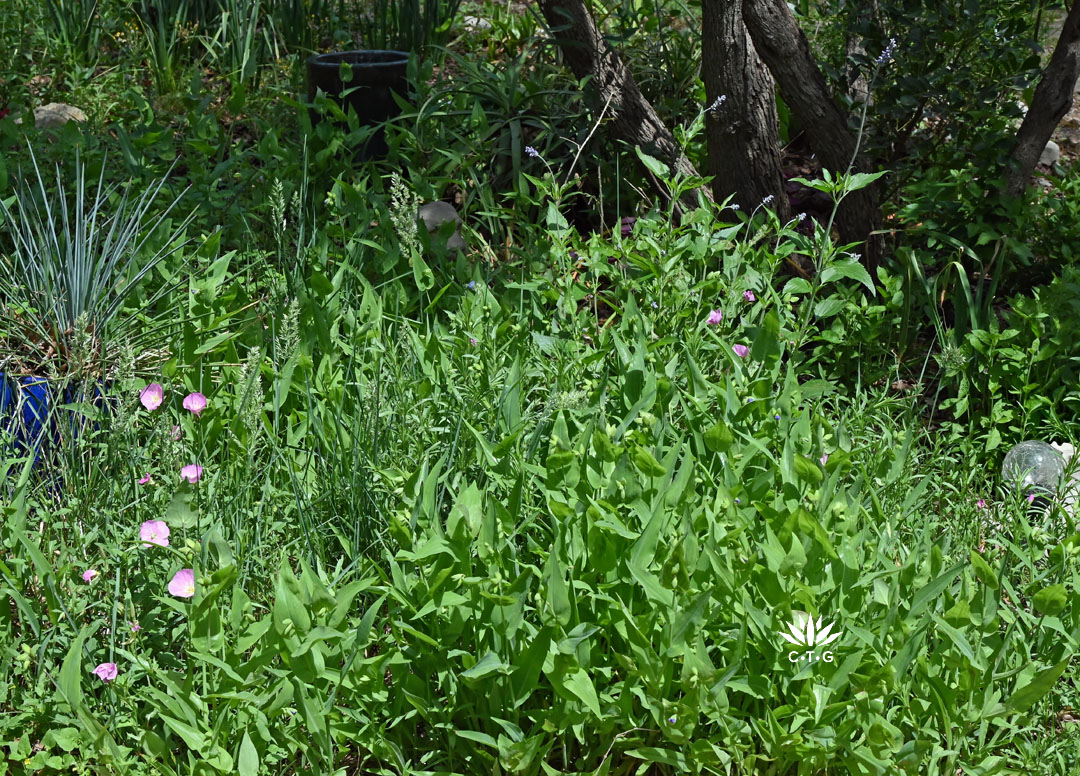
In an island bed under a mountain laurel, late morning sun dips back to shade until it ramps up again harshly in late afternoon. Perennial native snake herb (Dyschoriste linearis) borders Texas bluegrass (Poa arachinfera), spring’s sprawling pink evening primrose, and mealy blue sage. The crowd up front and center is self-seeded native false dayflower, just about to open.
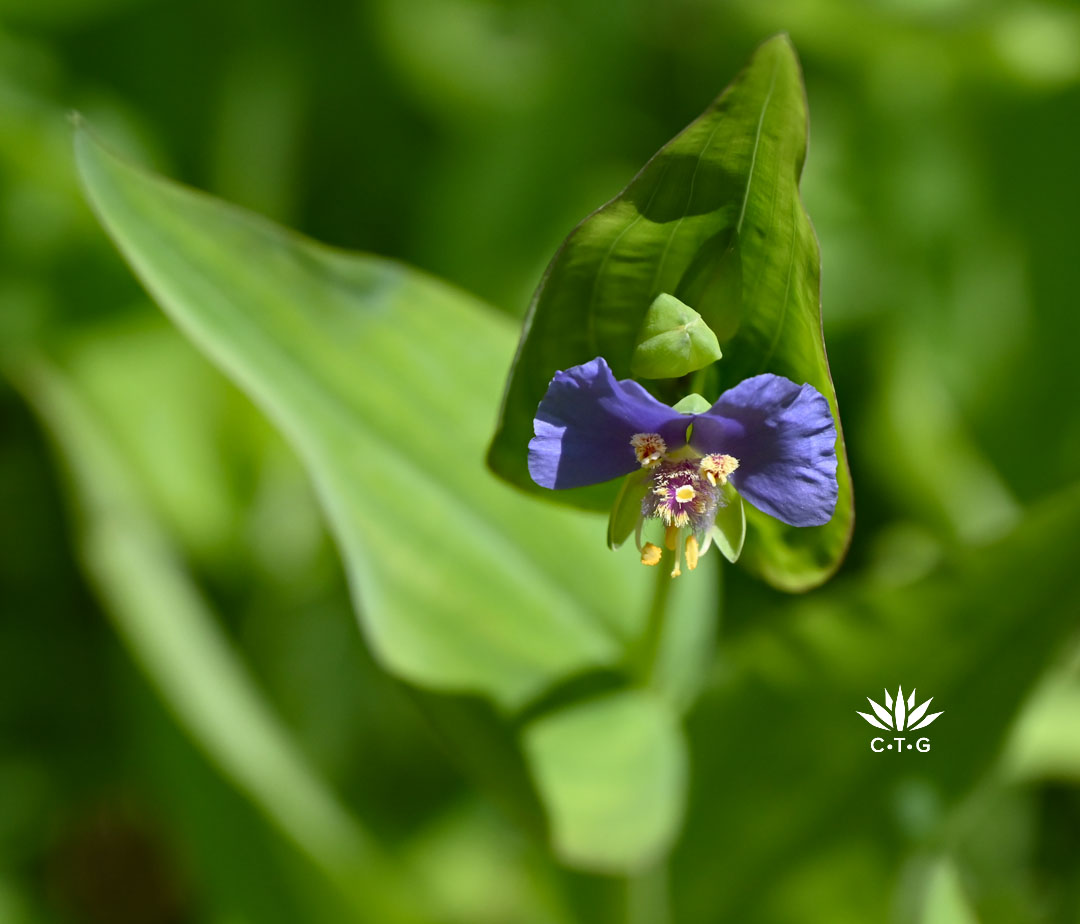
It’s really a shade lover, but seems content for now until it dies back in a few weeks.

Since drought and weather extremes aren’t going away, this week John Hart meets with Karen Guz, VP of Conservation for the San Antonio Water System, about its popular program, Garden Style San Antonio. “We have seen some plants not thrive that previously did very well and I think that just opens up the conversation for gardeners to talk to each other about what’s still thriving and has our plant palette maybe shifted a bit? There may be plants that 10, 15 years ago everybody said were a great idea, and maybe now we’re going to add a little flag of caution,” she said.

Karen knows that people want beautiful, wildlife-friendly gardens that stand up to scalding summers and deep winter freezes. By the way, their guides work across Central Texas. Just be mindful of soil conditions, as with any guide. And some plants may be less cold hardy in more northern zones.

To help gardeners get started, they’ve put together all kinds of resources, from irrigation plans to garden designs.
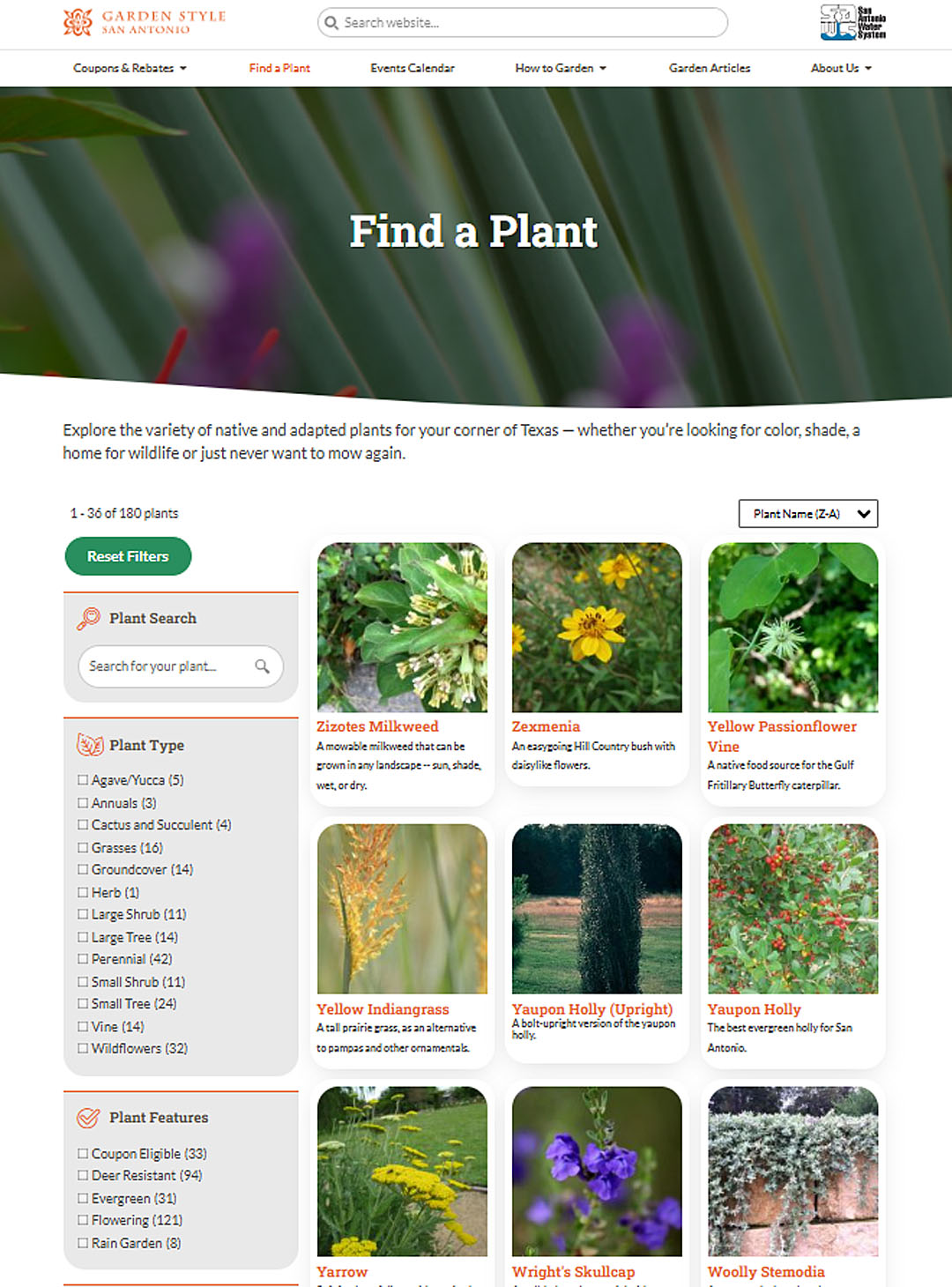
Pick the style you want and then choose the plants that match your goals and work with your sunlight patterns.
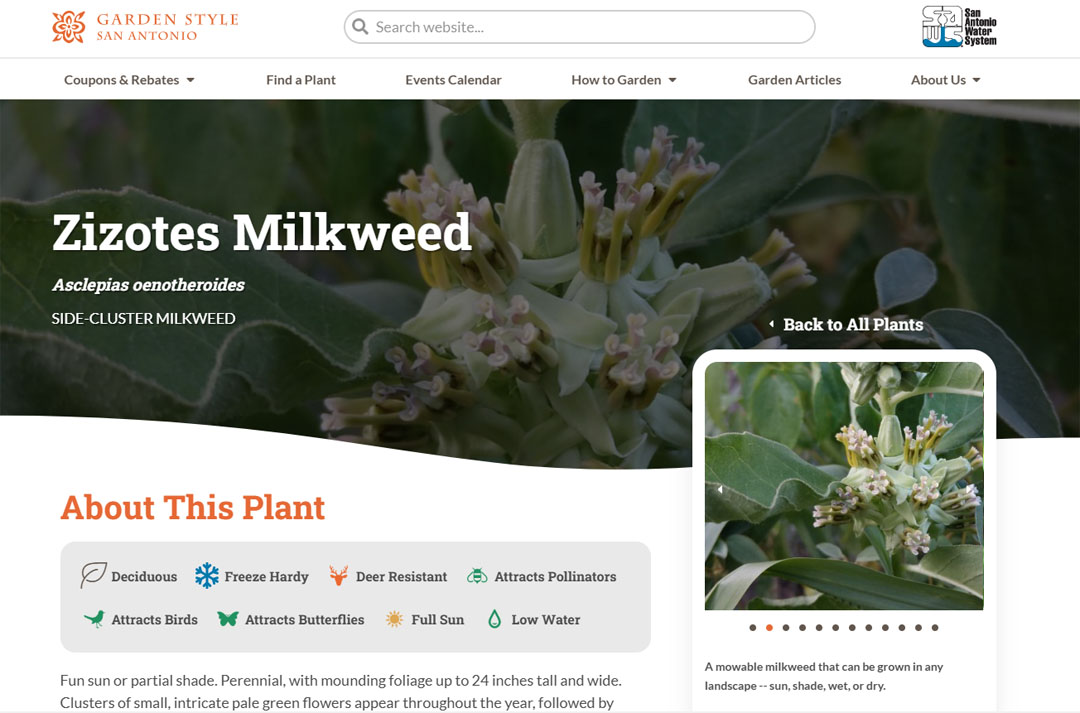
Plus, get rebates (if in the SAWS jurisdiction), watch videos, and check out events and tours.
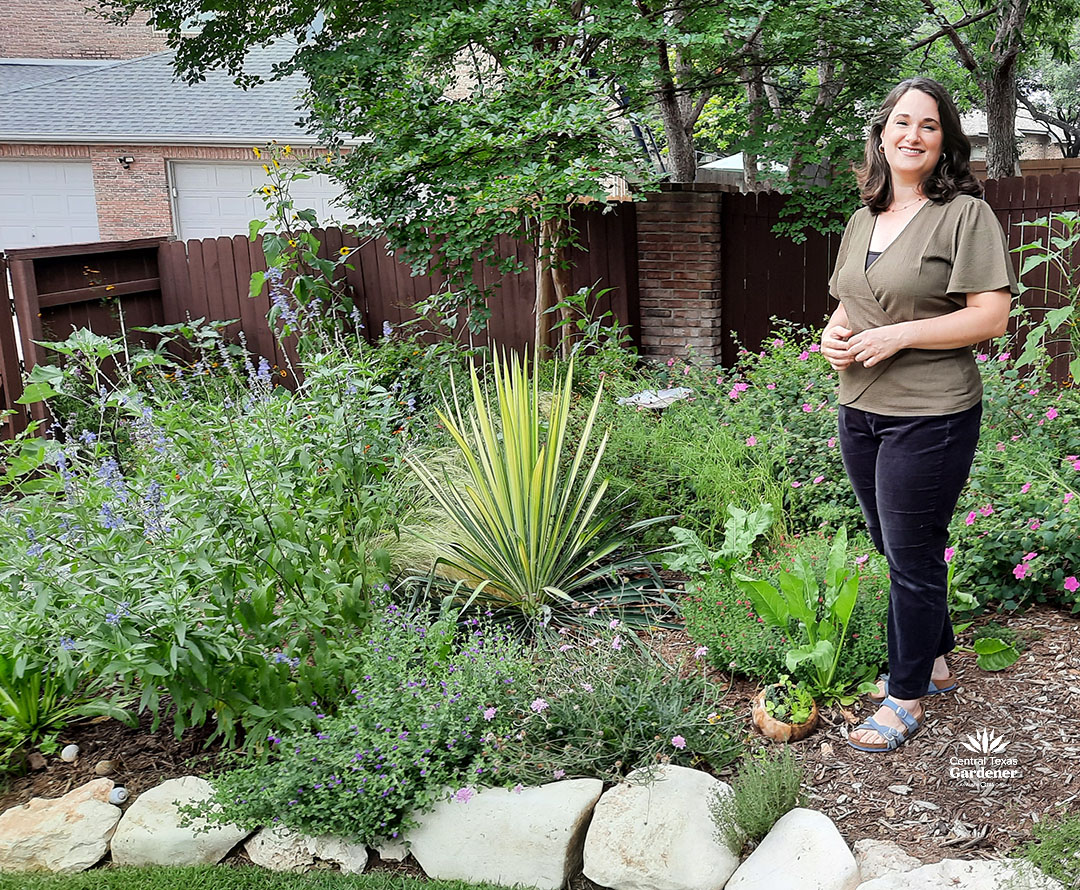
Garden Style San Antonio (and CTG!) helped Alex Volpe when she and her family moved to rocky terrain in San Antonio. Texas weather was a challenge for this Florida native, who never realized that gardening could be so hard. Bent on turning her routine lawn-and-shrub yard into a fun destination and home to lots of butterflies, bees, and other wildlife, she dug into native and adapted plants.
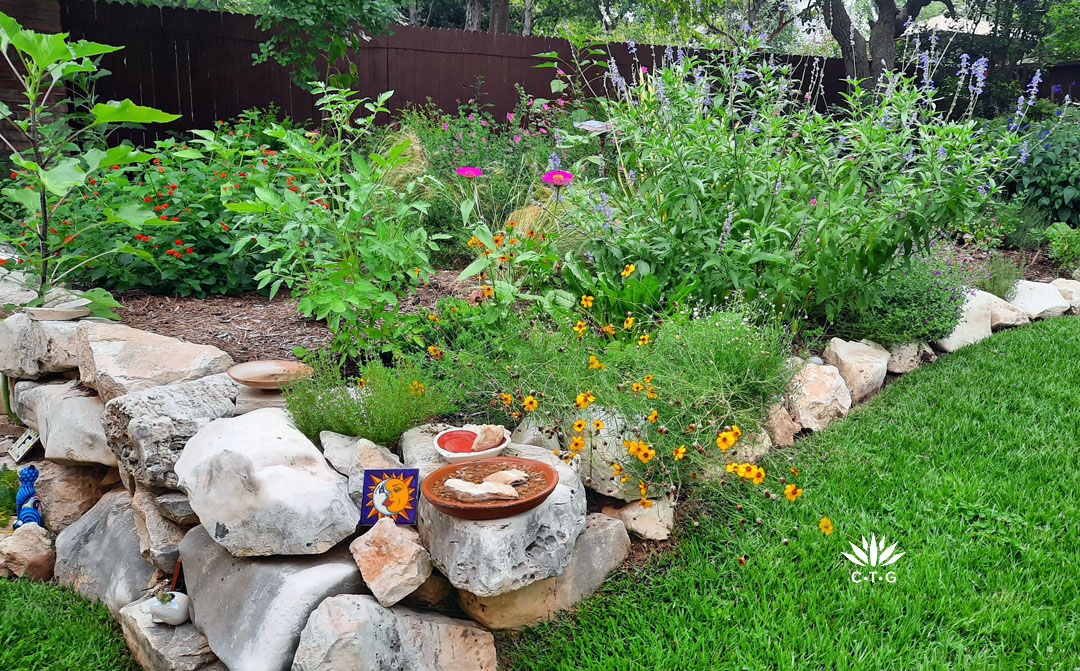
“I would describe my garden as a xeriscape cottage design. And I wanted something that was really lush and green and had interest all year. But I also wanted it to be drought tolerant,” she told us when we stopped by in May 2024.
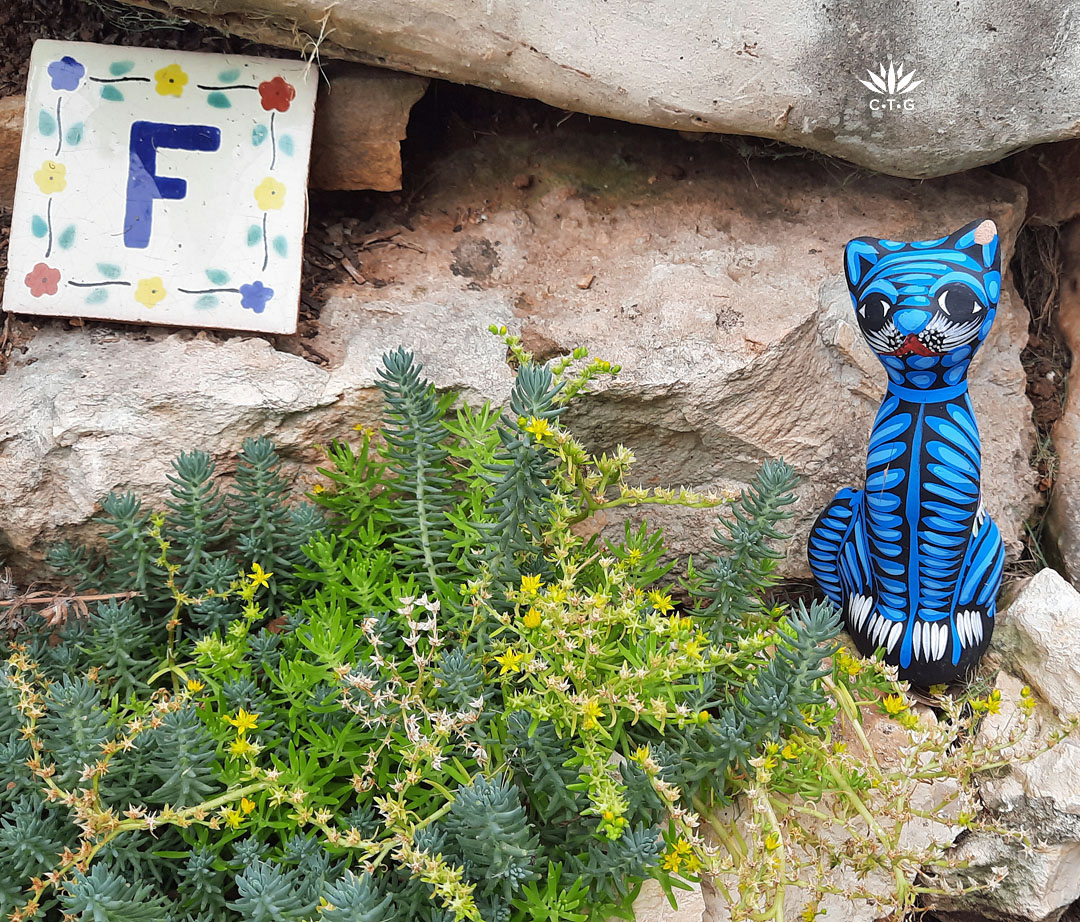
Read more and watch her garden.
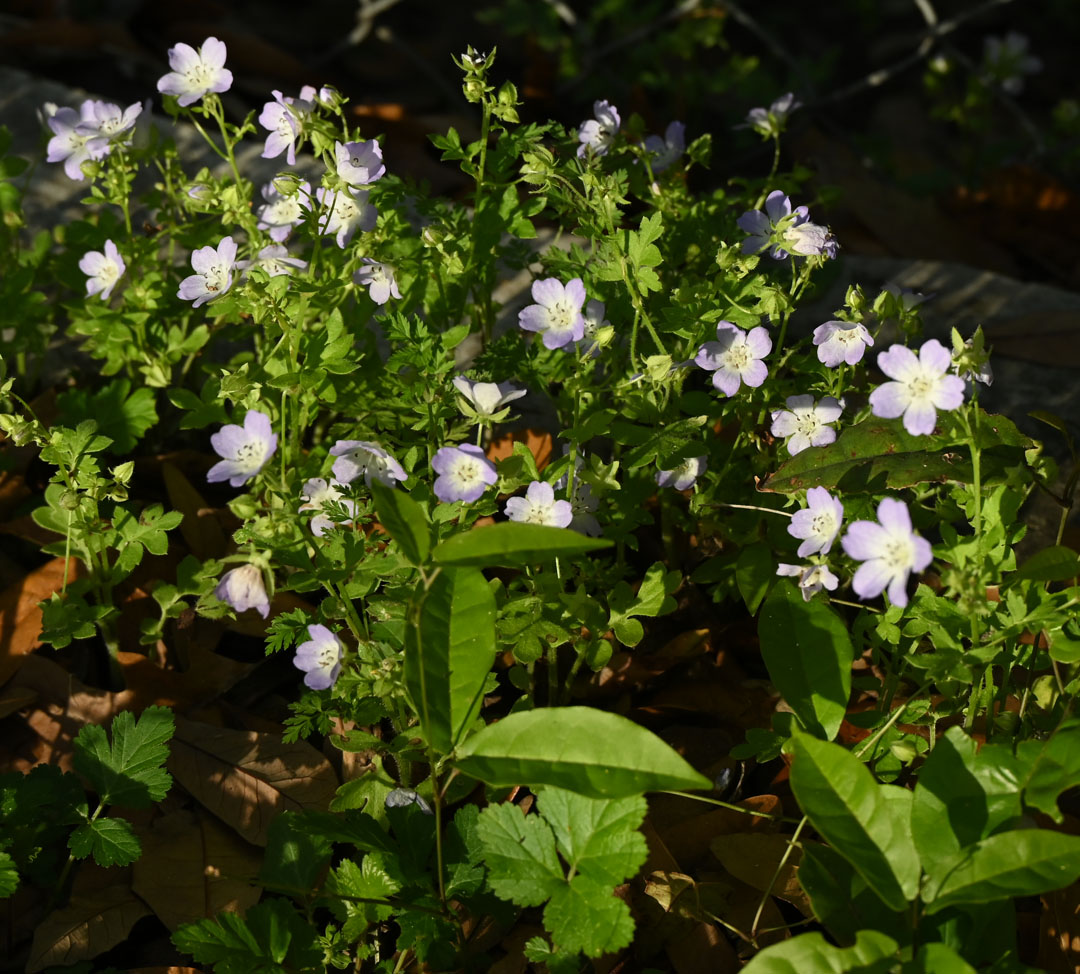
My baby blue eyes wildflowers popped up as usual, but lack of winter rain and untimely heat this spring thinned the cheer. Still, they showed up, and as reliable annuals in part shade (woodland edges under trees), they’ll feed the bees again next year. Seed them in fall.
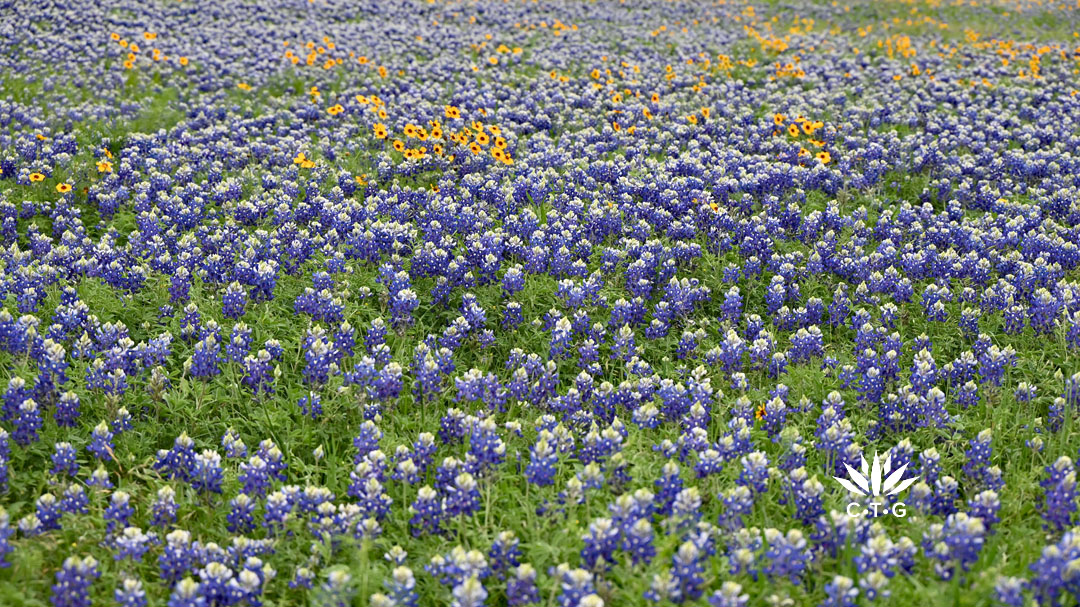
Dry times also put a damper on the bluebonnet feast, though recent rains are plumping up the view—though not nearly as boisterous as last year’s crop in East Austin.
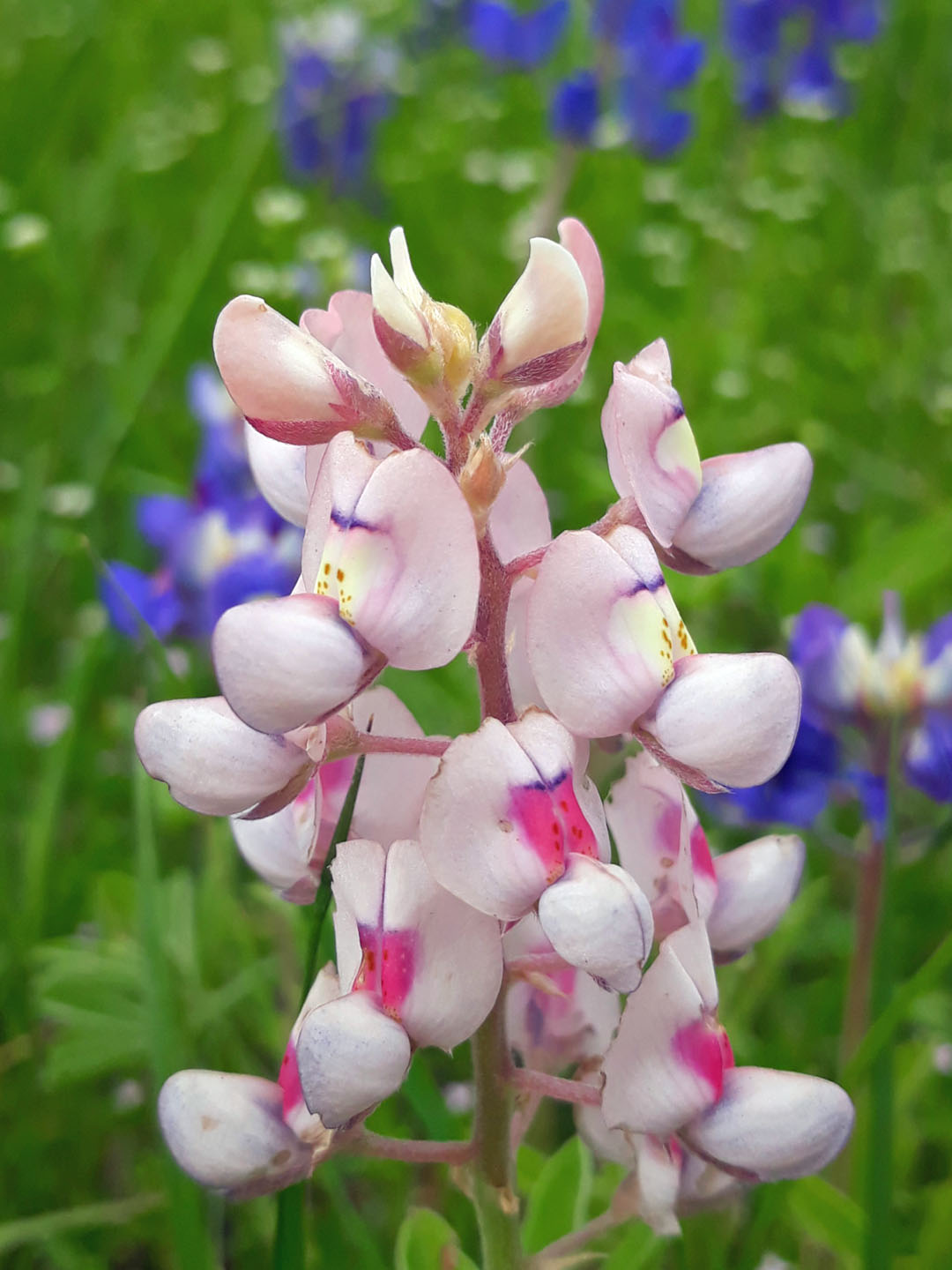
So, what’s up with bluebonnets turning pink, like this one that Jennifer Vince-Recksiek in Van Alstyne spotted last April?

Daphne tells us: “Pink is a recessive flower color, so the seed from these pink plants won’t necessarily produce pink plants if harvested. All the surrounding blue plants will cross pollinate them, most likely leading to blue offspring next season. You can purchase pink, white, maroon, and other bluebonnet seeds directly from growers, who separate them from blue plants in order to keep the flower colors distinct prior to harvesting the seed.”
Recently, the Texas Department of Transportation created this interactive map to safely spot wildflowers all year.
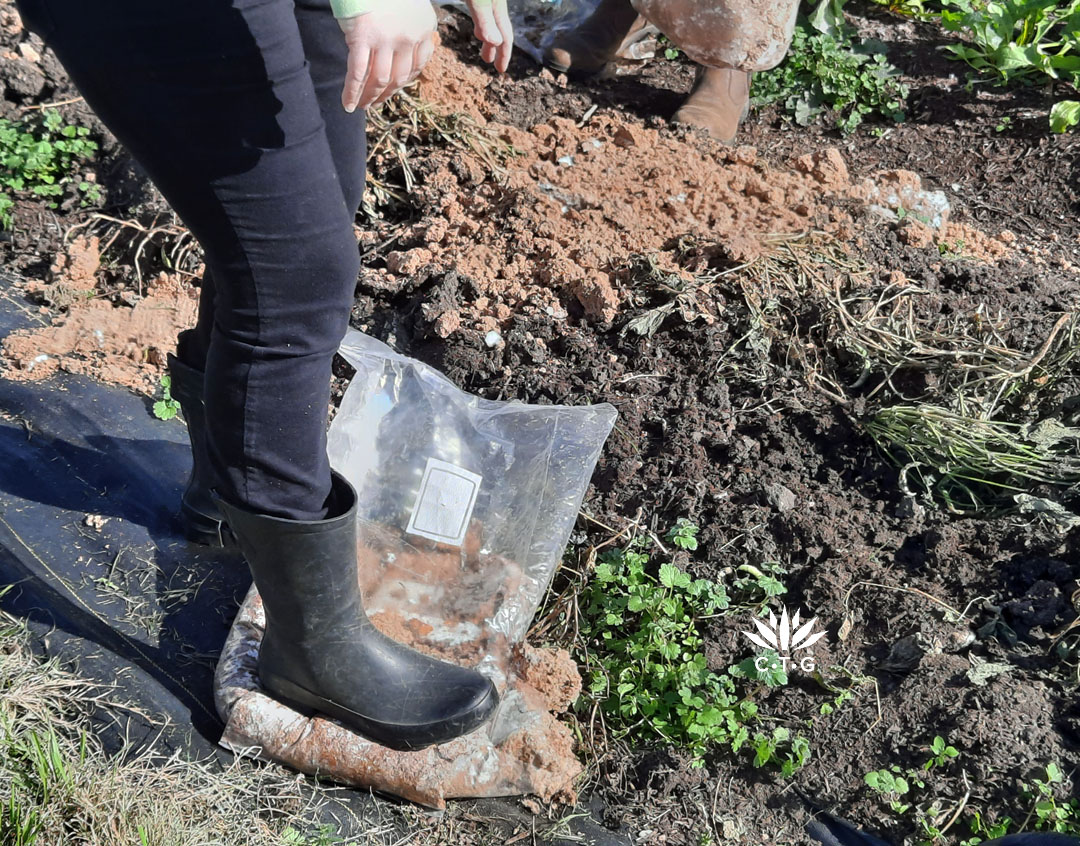
On Backyard Basics, smash, mulch, and spread recycled mushroom blocks to improve soil tilth and feed beneficial fungi for healthy, productive plants.
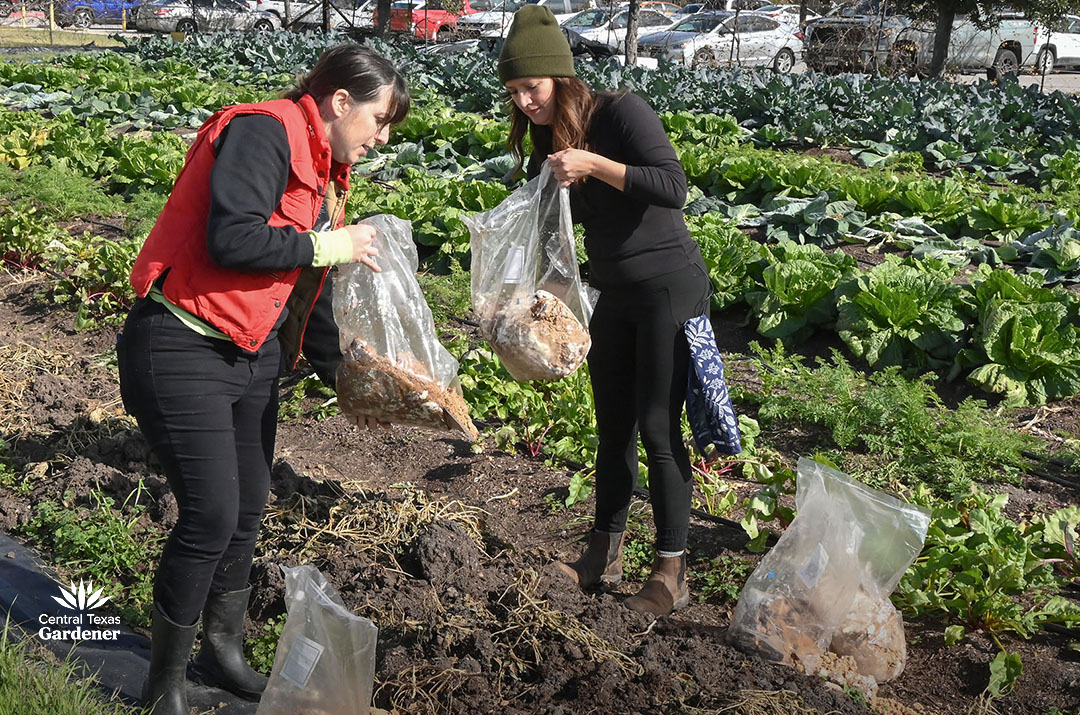
We head to the Central Texas Food Bank where garden manager Hannah Beall and Angel Schatz from the Central Texas Mycological Society show how spent mushroom blocks from local growers help feed the community (and can feed your soil).
Thanks for stopping by! Next week, get yummy citrus tips with Mary Kay Pope from Backbone Valley Nursery.

